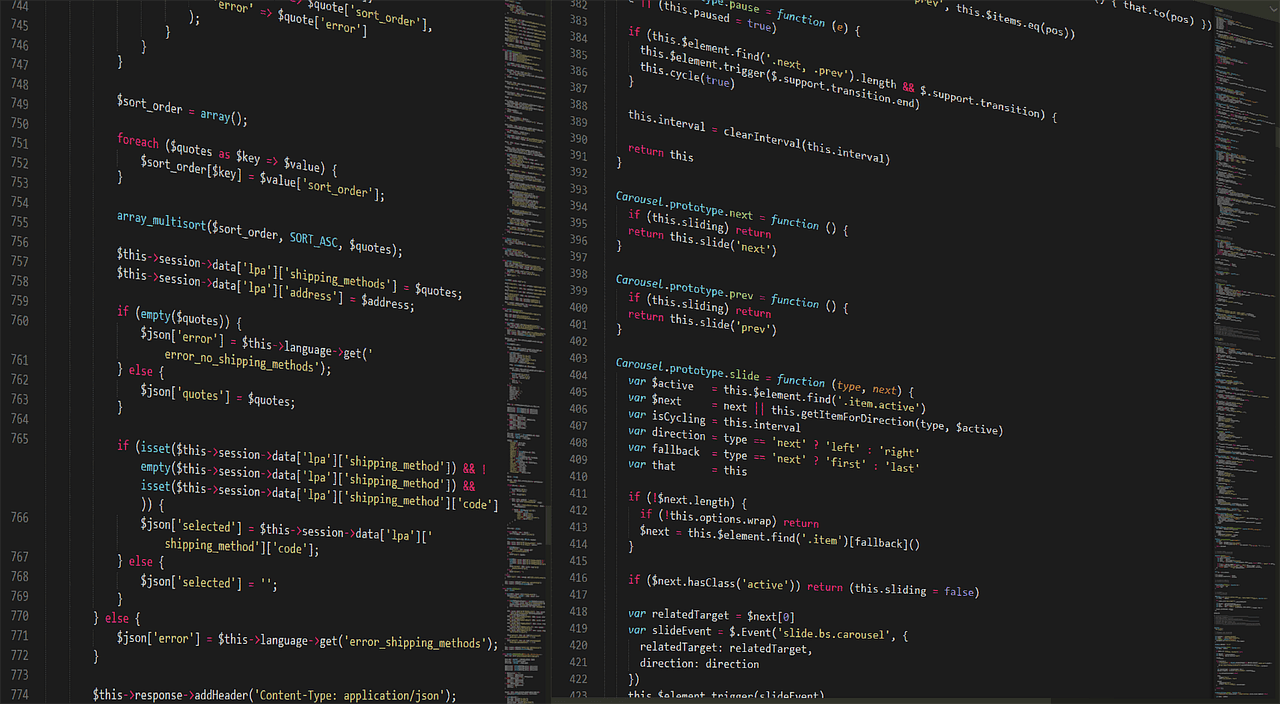Comprehensive Guide to Python Web Development for Beginners
Python web development is a dynamic and versatile field that offers a plethora of frameworks and tools, making it easier for developers to create robust web applications. This guide aims to familiarize beginners with the essentials of Python web development and sets the stage for a rewarding coding journey.
What is Python Web Development?
Definition: Python web development involves creating web applications and websites using the Python programming language. It focuses on the server-side logic, managing data storage and retrieval, implementing business logic, and rendering dynamic content.
Why Use Python for Web Development?
Advantages:
- Simplicity and Readability: Python’s syntax is clear and concise, making it easy to learn and understand.
- Vast Ecosystem: Python boasts a wide array of libraries and frameworks that simplify the development process.
- High Productivity: Build complex applications with fewer lines of code—ideal for rapid development.
How to Use Python for Web Development
- Install Python: Visit the official Python website and download the latest version. Follow the installation instructions to complete the setup.
- Choose a Web Framework: Research and select a framework that aligns with your project goals. Popular frameworks include Django, Flask, Pyramid, and Bottle.
- Set Up a Development Environment: Create a dedicated project folder, and use tools like
virtualenvor Python’svenvmodule to isolate project dependencies.
Popular Python Web Development Frameworks
Django
Key Features:
- Integrated authentication system
- Powerful URL routing
- Built-in admin interface
Advantages: Extensive libraries, reduced coding requirements, and reusable components.
Flask
Key Features:
- Lightweight and flexible
- Extensive library support
Advantages: Easy to learn and perfect for rapid prototyping.
Pyramid
Key Features:
- Flexible and minimalist
- Comprehensive documentation and testing support
Advantages: Its transparency is a favorite among experienced developers.
CherryPy
Key Features:
- Rapid and stable framework
- Built-in tools for sessions and caching
Advantages: Powerful configuration and built-in profiling support.
Bottle
Key Features:
- Lightweight and modular
- Extensive library support
Advantages: Ideal for small projects needing rapid prototypes.
Best Practices for Python Web Development
- Testing and Mocking: Utilize testing frameworks like
unittestand practice Test-Driven Development (TDD). - Deployment: Deploy your application using Docker and integrate back-end with front-end frameworks.
- Performance Optimization: Implement caching mechanisms and optimize database queries.
- API Design: Learn to efficiently design and interact with APIs, utilizing Django Rest Framework for example.
Further Learning
For more insights into Python web development, consider exploring the following articles:
- A Beginner’s Guide to Python Web Development
- Comprehensive Guide to Python Web Development
- Master Python Web Development
Conclusion
Python web development is a powerful tool for aspiring developers. By understanding the frameworks, best practices, and development processes, you can start your journey with confidence. Whether you opt for Django’s extensive capabilities or Flask’s simplicity, Python equips you with everything needed to create dynamic web applications.
Python Web Development Projects and Real-World Applications
Key Projects
- Project 1: Build a Personal Blog using Django
- Project 2: Create a RESTful API with Flask
- Project 3: E-commerce Website with Django
- Project 4: Real-time Chat Application with Flask and Socket.IO
This project involves setting up a personal blog platform, allowing users to create, edit, and delete posts. It will utilize Django’s built-in admin interface for efficient management.
Develop a RESTful API that supports CRUD operations for a simple library management system. This project will demonstrate Flask’s routing and handling of requests and responses.
Create a fully functioning e-commerce website using Django, including product listings, user authentication, and a shopping cart feature. This will highlight Django’s extensive capabilities in handling complex applications.
Develop a real-time chat application using Flask and Socket.IO, allowing users to send messages instantly. This project will showcase the integration of WebSocket with Flask for real-time web applications.
Python Code Examples
Example Code for Project 1: Personal Blog using Django
# Sample view for a blog post in Django
from django.shortcuts import render
from .models import BlogPost
def blog_post_detail(request, post_id):
post = BlogPost.objects.get(id=post_id)
return render(request, 'blog/post_detail.html', {'post': post})
Example Code for Project 2: RESTful API with Flask
from flask import Flask, jsonify, request
app = Flask(__name__)
books = []
@app.route('/books', methods=['GET'])
def get_books():
return jsonify(books)
@app.route('/books', methods=['POST'])
def add_book():
book = request.get_json()
books.append(book)
return jsonify(book), 201
Real-World Applications
Python web development plays a vital role in various industries, including:
- Content Management Systems: Many websites and blogs rely on Python frameworks like Django and Flask for managing content efficiently.
- E-commerce Applications: Python is used to build scalable e-commerce platforms that handle payment processing, product management, and user accounts.
- Data Analytics Dashboards: Python’s data processing capabilities make it ideal for creating interactive dashboards that visualize data analysis results.
- Social Networking Sites: Python frameworks support the development of social networking applications that need real-time updates and rich user interface features.
Next Steps
Now that you’ve gained a foundational understanding of Python web development, it’s time to take your skills to the next level. Start by deepening your knowledge of your chosen framework, whether it’s Django or Flask. Consider building a simple project to apply what you’ve learned, like a personal blog or a basic e-commerce site.
Additionally, you might want to explore more advanced topics such as API design and integration, or delve into testing and deployment strategies to ensure your applications run smoothly.
To stay updated with the latest trends and tools, check out our article on Mastering Python Web Development. Engaging with the community through forums and online courses will also enhance your learning experience.
By continuing to explore and practice Python web development, you’ll become proficient in creating dynamic and responsive web applications!

3 thoughts on “Unlock Your Potential: The Ultimate Guide to Python Web Development for Beginners”
Comments are closed.